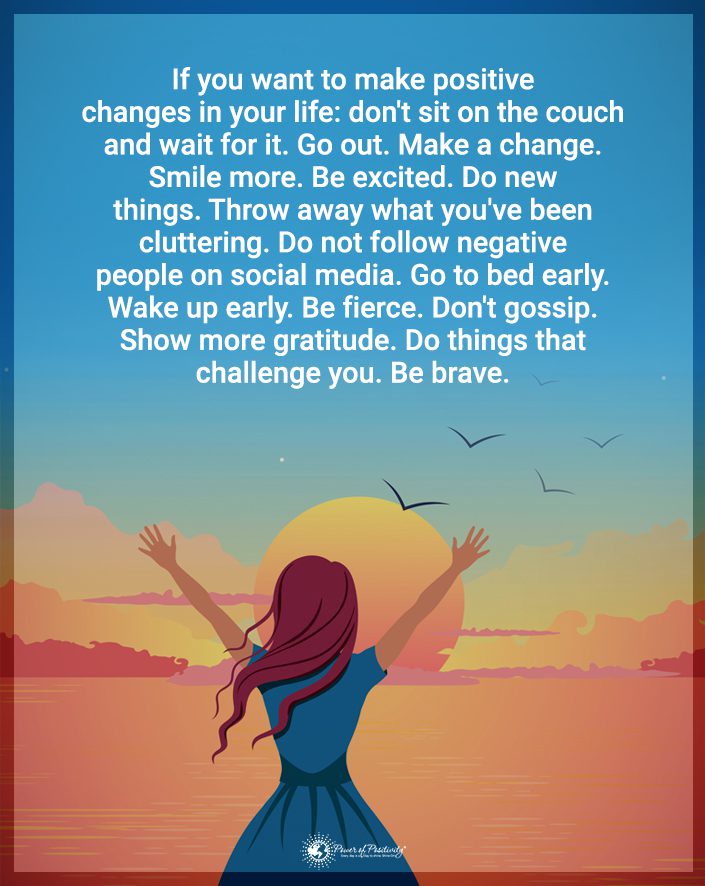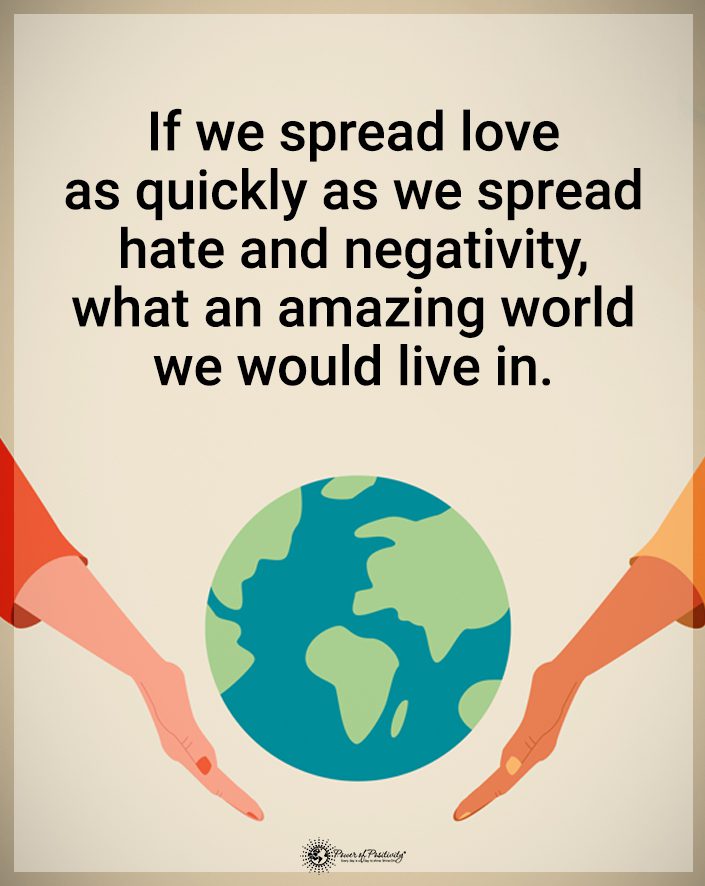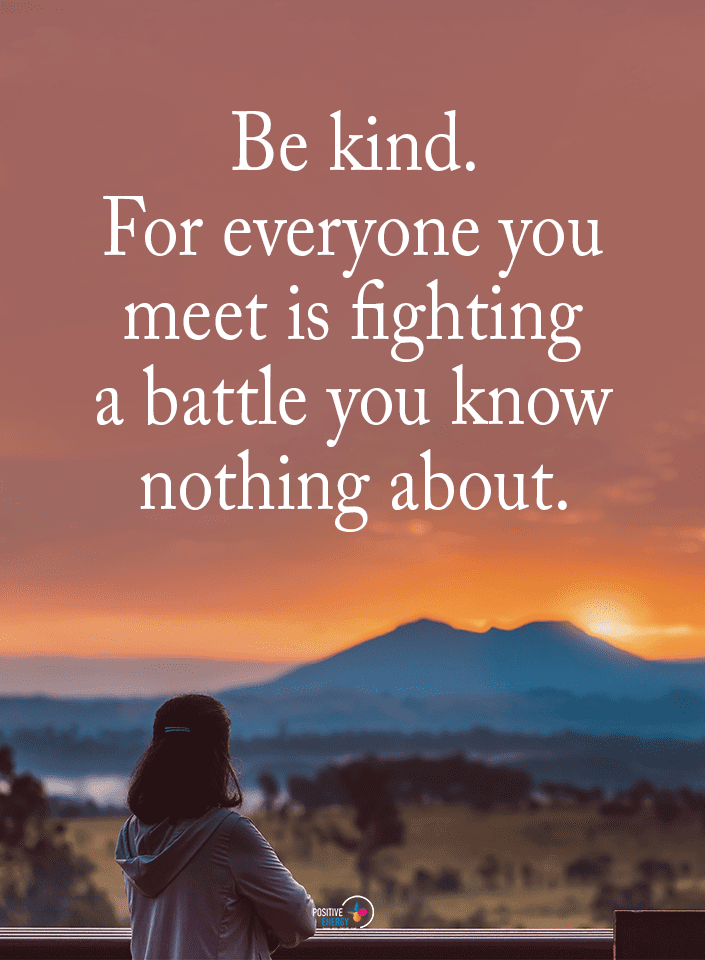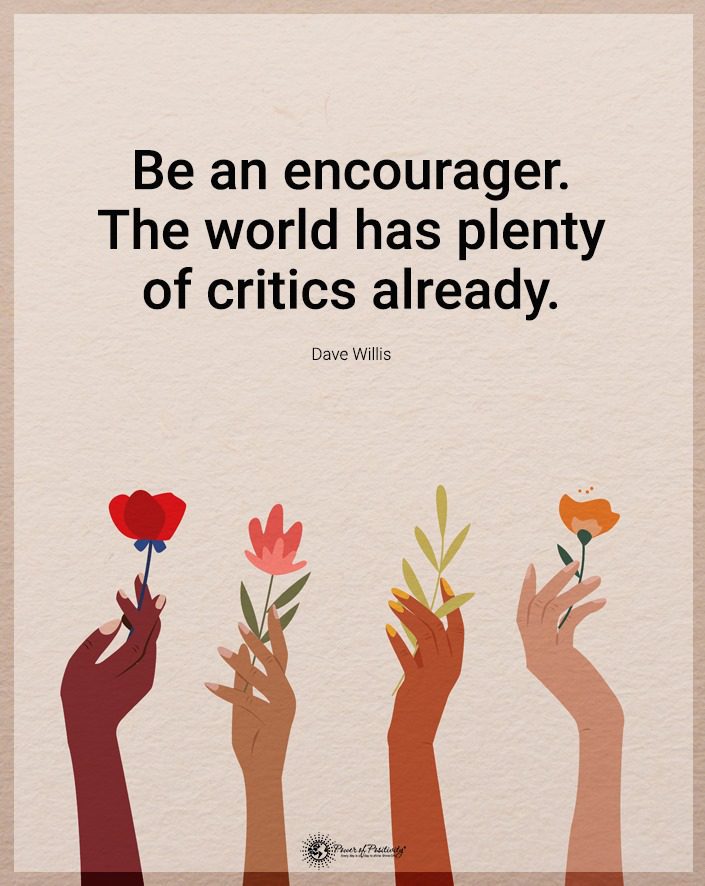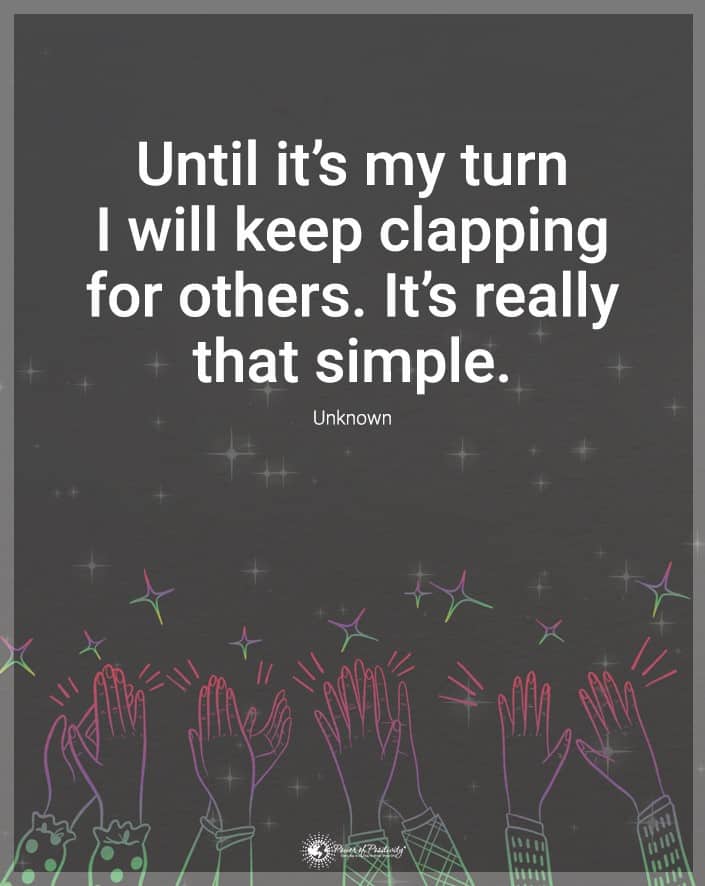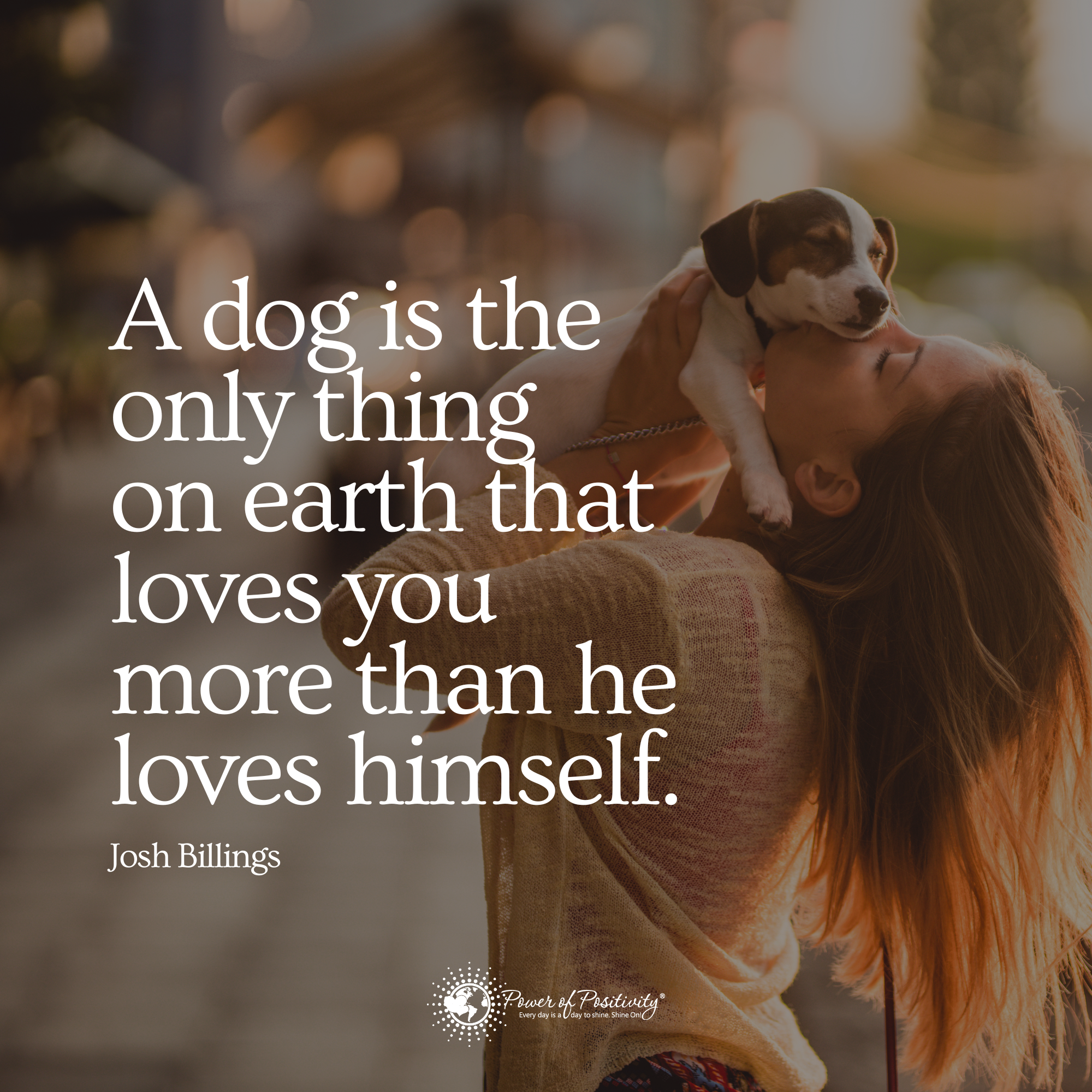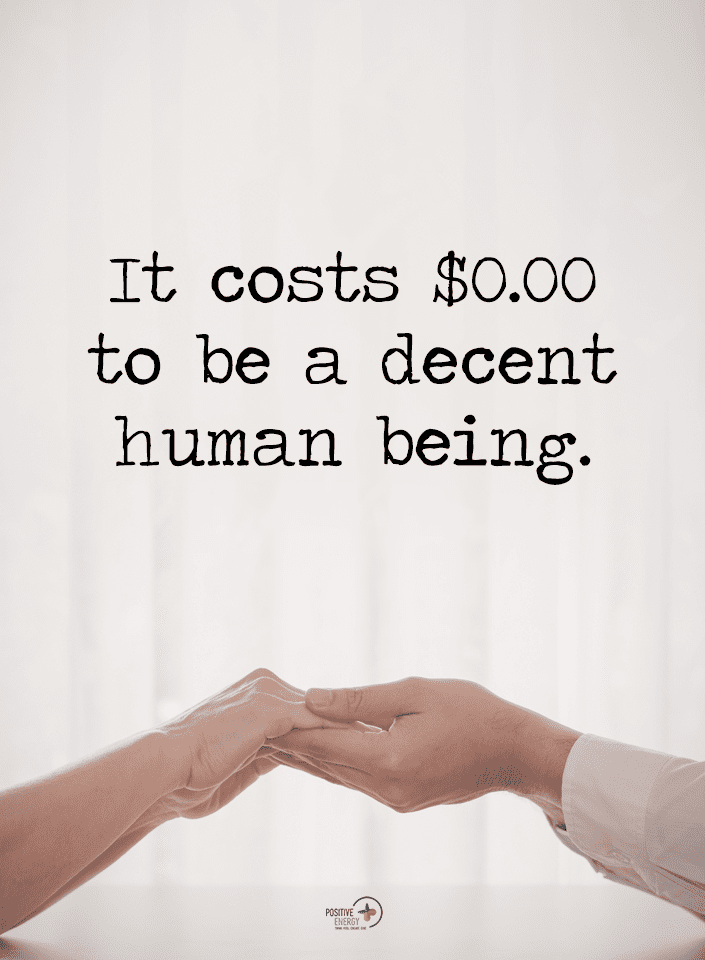Social wellness is a concept that encompasses your relationships with those around you and your relationship with yourself. Essentially, if you can maintain individuality while actively taking part in the world around you as a part of the greater picture of humankind, you are socially well. This often creates more excellent care for your community, larger society, and the people around you.
Many people overlook social wellness as an essential part of their overall well-being. In reality, this pillar of health is just as important as physical, emotional, and spiritual wellness. When you surround yourself with genuine relationships, healthy friendships, and lovely connections with the people you regularly interact with, it ultimately improves your life.
Social wellness can improve other aspects of your well-being. Do you think you’re socially well? How can you tell? Here are six signs of social wellness most people overlook.
1 – Assertiveness Without Aggression
A lot of people struggle with assertiveness. Essentially, this is the ability to stand up for yourself without feeling afraid or ashamed and without apologizing. When you’re capable of doing this, you’ve achieved some degree of impressive social wellness.
For some, assertiveness can teeter over into aggression, as many people struggle with the conflict of being assertive. Crossing this line can lead to passive aggression or direct aggression, which is not the same as being assertive.
Traits Of Assertiveness That Reflect Social Wellness:
Research shows that you’re assertive if you have the following traits and capabilities:
- You don’t experience any negative emotions when you communicate boundaries and needs.
- You can maintain comfortable and positive relationships with the people around you.
- You’re well aware of your rights.
- You feel free to express your desires, emotions, and thoughts.
- You don’t bottle up your thoughts, so you don’t get resentful and angry about your needs not being met.
- When you do experience anger, you have control over it and can express it productively.
- You’re willing to compromise with the people around you without reducing your rights.
- You know a good mix of verbal and non-verbal forms of assertiveness and can utilize both as needed.
- You’ll easily differentiate between assertiveness, aggression, and passive-aggression.
- You don’t feel ashamed for expressing your needs; set healthy boundaries without apologizing.
2 – Respectful Treatment Of Others
The ability to treat the people around you with respect is a huge sign of social wellness. It means you have excellent or comfortable relationships with the people around you and are happy to be the “bigger person” in times of unfair conflict. You don’t feel threatened by the people around you and have no interest in bringing them down for any reason.
Respect is a reasonably nuanced topic. It doesn’t mean agreeing with everyone all the time. It doesn’t mean allowing people to walk over you or always letting them have their way. And it certainly doesn’t mean giving space or compromises with those who have abhorrent or inherently negative, harmful views and intentions.
Instead, respecting others means knowing the rights of all human beings and knowing that these people, no matter who or what they are, deserve those rights. It also means having positive interactions with others and respecting their boundaries, needs, and communication.
3 – Well-Balanced Social And Personal Time
Everyone must balance their “me-time” and the time they spend with others. Even introverts benefit from social interaction and must have it in their lives, and even extroverts must take time to recharge on their own.
Studies explain that social interaction is crucial to well-being, but personal time is just as important. Further research indicates that having me-time is vital for work and home well-being and can even strengthen relationships.
Many people struggle with loneliness when not with others, but you can be alone without being lonely. Learning to enjoy your own company is an enriching experience, and the ability to take yourself out on dates and sit with yourself is a clear indication of social wellness.
On the flip side, some people struggle to make friends and dislike regular social interaction. Taking it slow and steady by joining online groups, community clubs, local volunteer organizations, and other similar circles can be a great way to incorporate more social experiences in life.
Once you have balanced personal and social time, you have one aspect of social wellness. To take it a step further, you must have good social times with strong circles of uplifting, genuine people you like. After all, your social wellness depends on the people you’re social with.
4 – An Ability To Be Oneself
It may surprise you, but many signs of social wellness lie in yourself. When you connect with others, you want to be authentic if you aim to be socially well. It sounds simple, but it’s something many people struggle with. The ability to ultimately be yourself is a powerful and valuable trait.
When you’re socially well, you can be entirely who you are when introducing yourself to others and hanging out with friends or family. This state means that you:
- Are you comfortable in your skin
- Feel valued and appreciated just as you are
- Are relaxed around your friends and family
- Feel like you belong in the spaces you’re in
- Can step outside your comfort zone without compromising your identity
- Are secure about yourself and don’t compare yourself to others or bring others down
- Love and accept yourself, even while acknowledging things you’d like to improve
- Have healthy self-esteem and don’t rely on others for validation
5 – Participation In Community and Having Fun Doing It
Social wellness isn’t just about your close friends and family. It’s also about having plenty of acquaintances with whom you have positive or neutral relationships and can confidently interact. For many who struggle with social confidence, this seems like an impossible concept, but human beings are naturally social creatures. We thrive on human-to-human connection, and those moments are ones to be grateful for!
Sometimes it can be challenging to participate in a community, even if it’s one you’ve grown up around or spent many years being technically a part of. You can attempt to increase your community participation in the following ways:
- Spending a few minutes chatting with those in your neighborhood
- Joining clubs and groups locally that you’re interested in
- Striking up conversations with those you see regularly
- Expanding your horizons and seeking out new communities and friends beyond your usual sphere
- Volunteering for organizations that you believe in
- Participating in community events
- Play a community sport
- Seeking mentors in your field
On top of this, one of the critical features of social wellness is your ability to have fun when you’re in social situations. There’s not much point in being around other people if you’re constantly anxious, uncomfortable, or otherwise unhappy in those situations. Having fun improves your overall happiness and forms positive connections, facilitating bonding moments that encourage you to perform further social interaction.
This isn’t to say that you can’t ever be socially well if you have social anxiety. But you can’t deny that being at peace, letting loose, and having tons of fun is part and parcel of spending time with the people you like. If social interaction robs you of any ability to have fun, then you have a little way to go on your journey to social wellness.
6 – Good Communication Skills And Better Relationships
The absolute cornerstone of social wellness is your ability to communicate. Without good communication, conflict arises, and any relationship can fall apart. No one can read anyone else’s mind, so if there’s something that needs to be said, that has to be said out loud!
But communication is about more than just talking about what you think. It’s about knowing how to do so productively and positively. This facilitates better conflict-solving abilities and helps relationships to stay strong and grow stronger. This involves:
- Using non-blaming languages when pointing out an issue that you have with someone, allowing for open discussion
- Having excellent listening skills and aiming to understand people when you hear them out, instead of simply listening to formulate a response
- Expressing your thoughts and feelings without feeling ashamed of them
- Letting go of avoidant behaviors and directly dealing with conflict, thus reducing the build-up of resentment
- Being constructive and firm without being harsh or unfair when calling someone out for negative behavior
- Knowing when it’s time to take a break and try again when it comes to complex conflicts or communication
- Feeling comfortable expressing your needs and talking about what you want without providing a disclaimer or apologizing.
Good communication skills also allow you to open up to the most trustworthy people in your life. You’re not overly generous with who gets to see you at your most vulnerable, but you’re also not unnecessarily closed-off. This means that you form genuine and close relationships with a select few people who have earned your trust and feel the same about you.
These communication skills also allow you to learn from the people around you. You always have your listening ears open and are curious about what people have to share. If you leave most conversations a little bit wiser and are happy about that, then you have a high level of social wellness!
Final Thoughts On Some Signs Of Social Wellness Most People Overlook
Social wellness is an integral part of a healthy and happy life. If you notice that you tick off many of these signs of social wellness, congratulations! You have a healthy social life and a good balance of prioritizing and loving yourself while caring about others. You have a healthy support system, a good circle of close friends, and positive interactions with your community.
Do you think you’re not socially well? The good news is that you can improve your social wellness by strengthening your social skills and working on your self-confidence and self-esteem. If you need some help, don’t be afraid to reach out to a mental health professional, especially one who specializes in socialization and social anxiety!




